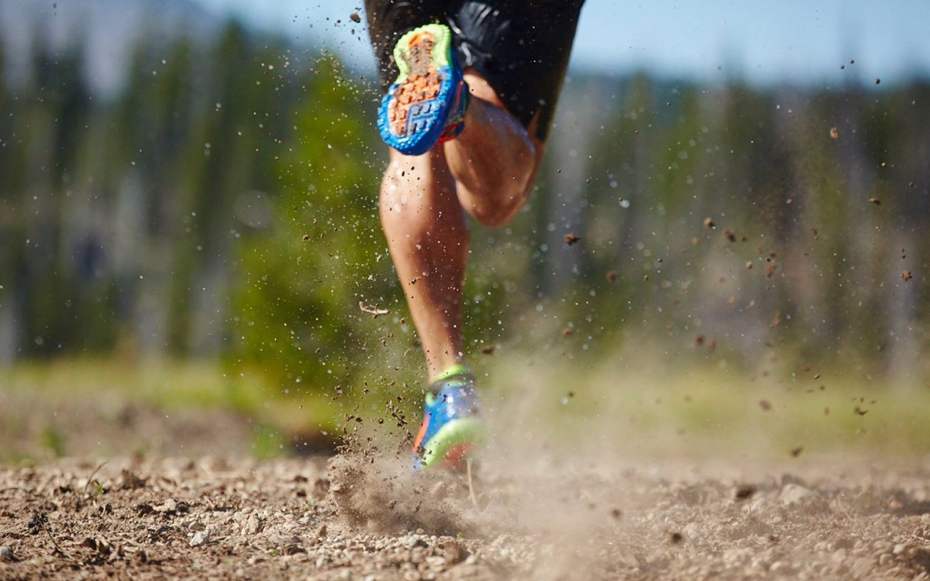During this current COVID-19 outbreak that we are all going through – we now all know that the primary problem with this form of coronavirus is it’s impact on the respiratory system.
One of the main differences between the symptoms of COVID-19 and the flu or other types of viruses is it’s ability to create shortness of breath as a primary driver for hospitalization. Simply put – it makes it more difficult for you to breathe.
We decided to put this little video together to show you how we can breathe into the back of our thorax/ribcage and through the backs of our lungs – a region that is highly underutilized when we breathe normally.
When we are stressed we breathe primarily through the front/top of our ribs and chest and also use excessive anterior neck muscles to raise the chest. This is called apical breathing. What that does is reduce your ability to inhale and fill the back of your ribcage and/or the back portion of your lungs. This tissue becomes rigid over time and starts to limit your capacity to expand through the back of your thorax. Take a look and please reach out with any questions. #movehealchange
Total-PT opened it’s doors over 18 years ago. Back then we were doing much more hands-on work and much less overall movement. Times have changed and so have we. 18 years of movement science advancement has led to many changes in our field. Today we are much more focused on the quality and position of your movement. We are much more focused on how you breathe in your positions.
90% of our time spent with each client is NOT us touching them, but us educating, instructing and watching how they move. Check out the video for details . . . and the newest addition to our ‘pack!’

When performing a lunge movement, what are the focus points? Why are you actually doing a lunge? The benefit is multinodal here. First and foremost, we need to understand that the weight-bearing hip has to be ‘centrated,’ or simply put, it needs to be well centered in the socket. This requires that you properly hinge at the hip and NOT the lumbar spine. It also requires that you generate proper tension in the hamstrings as well as the glutes and hip rotators. This should all be happening while your hip, knee and ankle are all in-line with each other. Watch the video for details!
Front loading a squat provides counter balance to allow you to better sit into and load hips 🔹goblet or front squatting also recruits core and spine erector tension keeping the pelvis and rib cage better positioned reducing the temptation to anteriorly tilt. 🔹Squatting to a target gives you an end range cue to pause and […]
Eccentric loading (length under tension) of your hamstrings is crucial for mobility and strength. Pelvic position must be neutral to ensure sufficient length of the hamstrings. Incorporating a brief pause at end-range will allow you to feel your hamstrings contract. It will also allow you to re-engage them if you have lost tension.
Borrowed from the Postural Restoration Institute (PRI,) this drill is fantastic in getting someone out of an anterior pelvic tilt – which can lead to back pain, hamstring strains and many other pathologies that look for an anteriorly tilted pelvis as a compensation strategy. Look for more posts to follow which show integration of this […]
Introduction to the link between anterior pelvic tilt and the incidence of hamstring strains.

We all have experienced some calf tightness after running or activity, but that is not what we are talking about here. If you have constant tightness or stiff ankle (or ankles) no matter how much stretching or mobilizing you do your calf is probably holding on for dear life. When you have too much motion elsewhere your buddy (the calf) is trying to help you out. Give it a break, fix the excessive motion and let that calf relax again!

A lot of runners (and athletes in general) have medial knee pain. Look how you are moving! If you can’t keep your knee aligned no wonder it hurts. That inside pain may be coming from how you are moving at your hip. Check this out and if you think this might be you check us out.

It happens to all of us. We experience pain or discomfort in our heel. But what is going on? Are we feeling discomfort because the Achilles is about to give out or is it picking up the slack? Get a little insight with our newest video!
